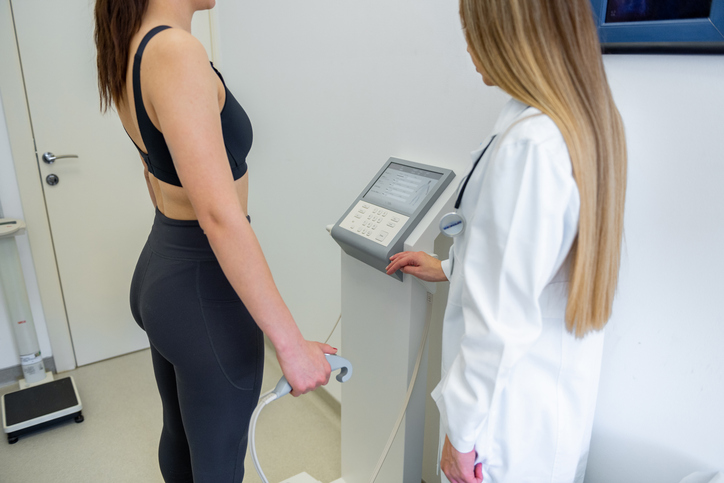
The US Food and Drug Administration (FDA) has granted fam-trastuzumab deruxtecan-nxki regulatory approval for unresectable or metastatic hormone receptor-positive/HER2-low or -ultralow breast cancer that has progressed on one or more endocrine therapies in the metastatic setting.
HER2-low or -ultralow status is determined using an FDA-approved test, Ventana’s PATHWAY anti-HER-2 (4B5) Rabbit Monoclonal Primary Antibody assay. Patients are classified as HER2-low with IHC 1+ or IHC 2+/ISH- negative status or HER2-ultralow with IHC 0 status.
Trastuzumab deruxtecan was approved based on the results of the DESTINY-Breast06 trial. The phase-3 trial enrolled 866 patients with HR-positive/HER2-low or -ultralow disease and randomly assigned them to trastuzumab deruxtecan or a physician’s choice of chemotherapy.
The antibody drug conjugate significantly prolonged progression-free survival compared with chemotherapy (hazard ratio [HR]=0.62; 95% CI, 0.52-0.75; P<.001) in the HER2-low group, equating to a 38% reduction in the risk for progression or death. Median PFS was 13.2 months with trastuzumab deruxtecan compared with 8.1 months with chemotherapy.
PFS was also significantly improved among the overall study population (HR=0.64; 95% CI, 0.54-0.76) and patients with HER2-ultralow disease. In the HER2-ultralow group, median PFS was 15.1 months with trastuzumab deruxtecan compared with 8.3 months with chemotherapy (HR=0.76; 95% CI, 0.49-1.17).
The objective response rate (ORR) was 56.5% among patients with HER2-low disease compared with 32.2% for chemotherapy. In the intention-to-treat population, the ORR was 57.3%.
The recommended dosage of fam-trastuzumab deruxtecan-nxki is 5.4 mg/kg, given as an intravenous infusion once every 3 weeks (21-day cycle) until disease progression or unacceptable toxicity.
A small number of patients in the trial reported interstitial lung disease and left ventricular dysfunction.







 © 2025 Mashup Media, LLC, a Formedics Property. All Rights Reserved.
© 2025 Mashup Media, LLC, a Formedics Property. All Rights Reserved.